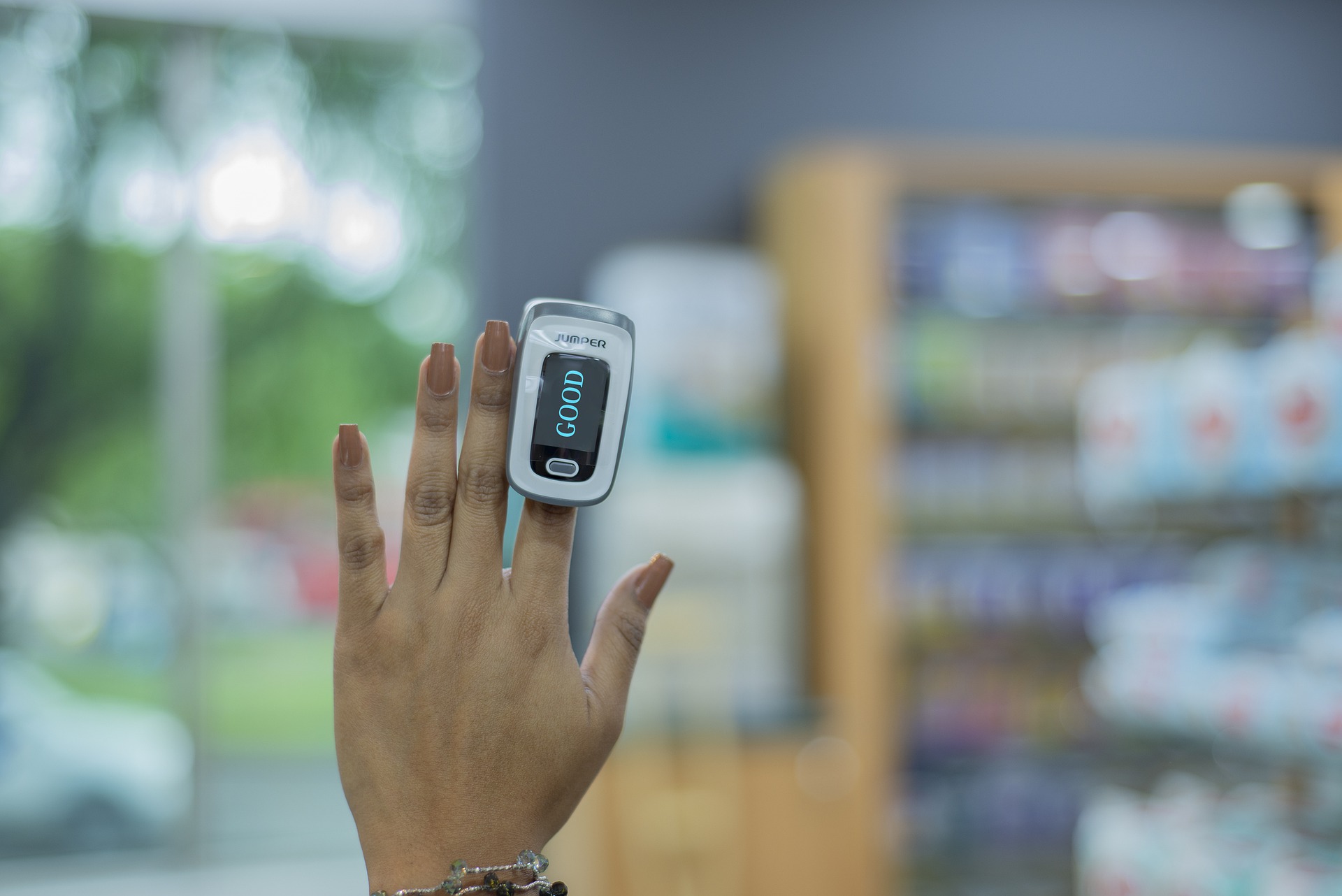Pulse oximeters are devices that clip painlessly onto fingers to externally measure blood oxygen levels, based on measurements of light absorbed through tissues. Recent research suggests these devices are less accurate in persons with dark skin pigmentation. The U.S. Food and Drug Administration has issued a safety communication advising physicians and patients to be aware of their limitations and risk of inaccuracy under certain circumstances.
Experts at UC San Diego Health and UC San Diego School of Medicine can offer perspective, both on the FDA’s safety communication and on the utility of pulse oximetry as a tool for diagnosing and monitoring patients with COVID-19 and other respiratory diseases.
- Atul Malhotra, MD, research chief of pulmonary, critical care and sleep medicine
Topics of Discussion: How pulse oximetry works; how and why it is used - Robert Owens, MD, professor of pulmonary, critical care and sleep medicine
Topics of Discussion: Racial disparities and bias in wearable devices
See Sleep paper. - Sara H. Browne, MD, associate professor and infectious disease specialist
Topics of Discussion: Using optical tools in smartphones to identify and monitor infected patients. See study in Chest.
###


